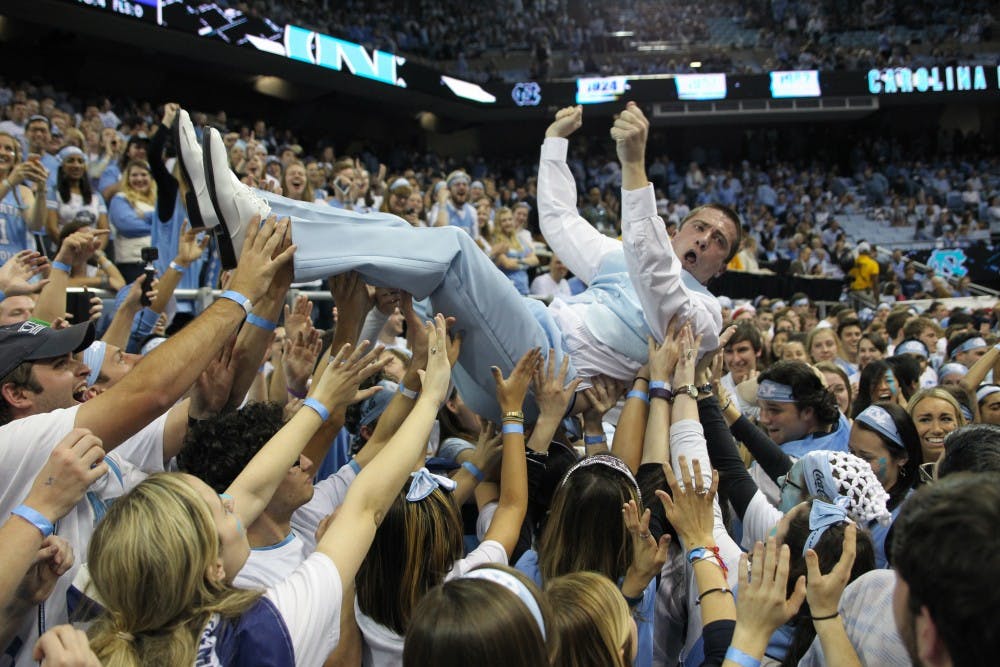The NBA’s return to action could serve as a model for how the NCAA handles its men's and women's basketball seasons.
The NBA is planning to resume the 2019-20 season on July 30, as 22 teams in Playoff contention will play eight regular season games, with the 16 that advance beginning the Playoffs on Aug. 18. Game seven of the NBA Finals is scheduled to take place on Oct. 12 and the start of the 2020-21 season is tentatively set to begin in December.
College basketball typically begins in November, but with COVID-19 precautions, the NCAA may attempt to make accommodations to its season because of the adjustments made by the NBA. The draft would not overlap with the season if college basketball begins on a normal schedule, as it is set to be held on Oct. 15.
While the NBA Playoffs will not impede on the college basketball season, they could greatly influence it.
The NBA has the chance to set the model for how games can be played in the COVID-19 age, with games played in a centralized location with no fans. The change is certainly unconventional, but it serves as an idea for how games can be played during an ongoing pandemic. These new regulations are conducive to the shortened end of season push that the league is making.
With all of the games being played in Orlando, Florida, travel will be eliminated for both the shortened regular season and playoffs. The distinction from home and away games will not have a true impact on the game itself. Similarly, the home court advantage in NCAA basketball will disappear if games are held without fans.
College basketball without fans, however, is almost an entirely different sport.
The energy brought from student sections around the nation typically exceeds what is commonly seen in NBA arenas. At a school like North Carolina, entrance to a men's basketball game is already hard to come by due to the lottery system, and the excitement of winning a ticket carries over in the student section. Though NBA teams have many loyal season ticket holders, the college atmosphere can carry a much stronger intensity.
Keeping track of potential positive COVID-19 tests for players and staff members in the NBA could provide insight for the precautions that will be made for NCAA student-athletes in the upcoming season.




